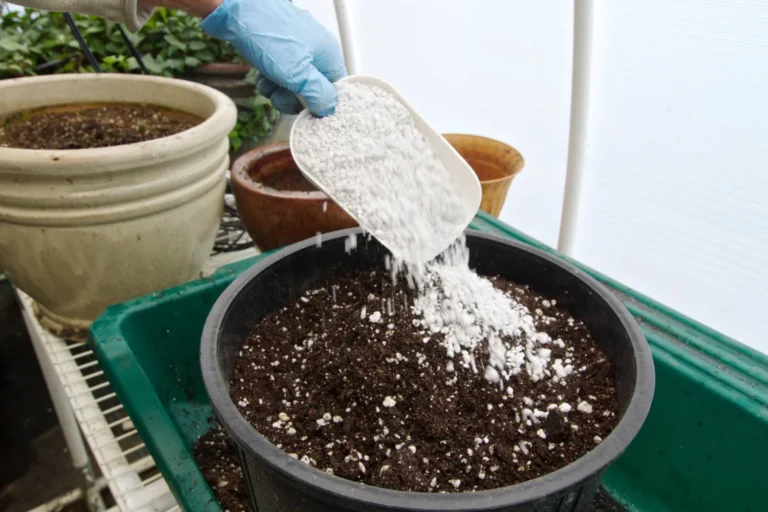Plants are the cornerstone of our ecosystem, and understanding the best environment for their growth is essential for both amateur gardeners and professional horticulturists. The quest for the ideal medium for optimal plant growth encompasses several factors, each critical in its own right. In this article, we delve into four key aspects that contribute significantly to plant health and vitality.
1. Soil Composition
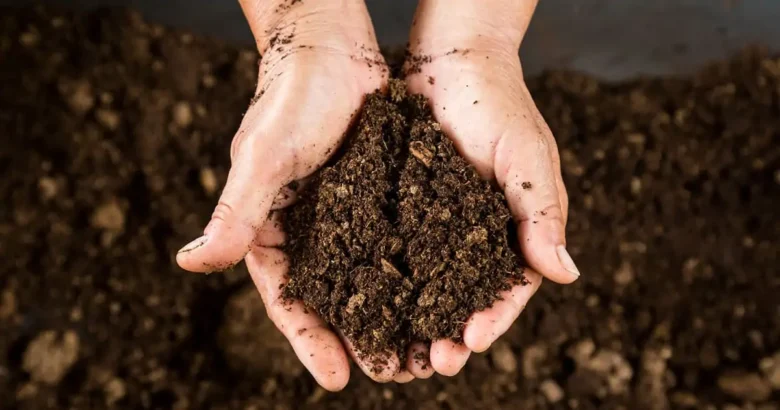
The Role of Soil pH
Soil pH plays a pivotal role in plant growth. It influences the availability of nutrients and the activity of soil microorganisms. Most plants thrive in a slightly acidic to neutral pH range (6.0 to 7.0). However, some plants like blueberries and azaleas prefer more acidic soils.
Nutrient Availability and Soil Types
Different soil types – sandy, loamy, and clay – offer varying benefits and challenges. Loamy soil, a balanced mix of sand, silt, and clay, is often considered ideal due to its nutrient retention and drainage capabilities. Understanding your soil type helps in making informed decisions about fertilization and irrigation, ensuring that plants receive the right amount of nutrients without waterlogging or drought stress. Additionally, the use of soil plugs, small blocks of soil and organic matter used to start seedlings, can be greatly influenced by the type of soil in which they are placed. Choosing the right soil type for these plugs is crucial, as it will determine the initial growth environment for your plants, setting them up for success or failure right from the start.
2. Watering Practices
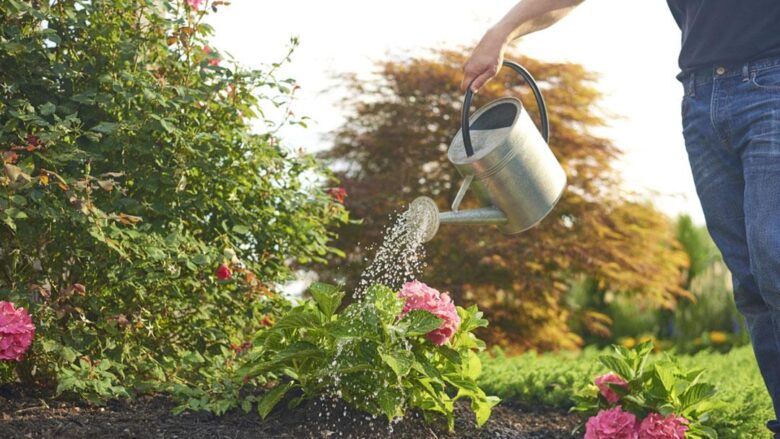
Understanding Plant Water Requirements
Water is vital for plant survival, but its requirements vary widely among different species. Overwatering can be as detrimental as under-watering. Knowing your plant’s specific needs is crucial. For instance, succulents need less frequent watering compared to vegetables or flowers. Consistent monitoring and adjusting your watering schedule according to the plant’s life cycle and environmental changes is key.
The Impact of Water Quality
The quality of water used for irrigation significantly affects plant health. High levels of chemicals or salts in water can harm plants. Using rainwater or filtered water can sometimes make a noticeable difference, especially in areas with hard tap water.
3. Light Exposure
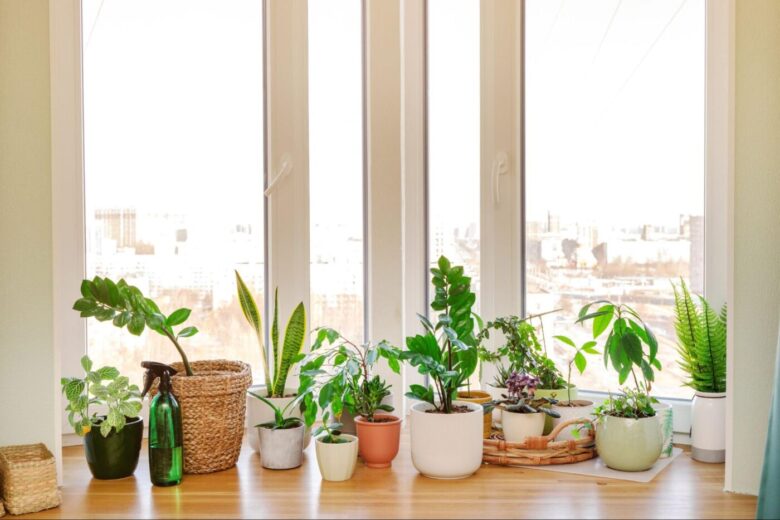
Sunlight Intensity and Duration
Photosynthesis, the process by which plants convert light into energy, is heavily dependent on the amount and intensity of light a plant receives. While some plants require full sun, others may thrive in partial shade.
Artificial Lighting for Indoor Plants
For indoor plants or in regions with limited natural light, artificial lighting can be a game-changer. LED grow lights, for example, provide a spectrum of light that supports plant growth.
4. Temperature and Humidity
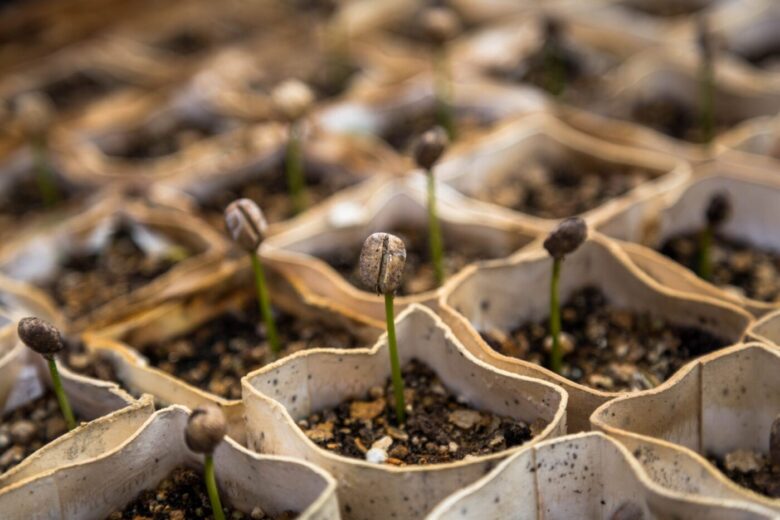
The Influence of Temperature
Temperature affects plant metabolism and growth rate. Most plants prefer a temperate range, but some, like tropical plants, require warmer environments. Protecting plants from extreme temperatures is crucial for their survival and growth.
Humidity and Its Effects
Humidity, the amount of moisture in the air, plays a significant role in plant health, particularly for tropical and subtropical plants. In dry environments, using a humidifier or regularly misting plants can help maintain the necessary humidity levels.
Conclusion
In conclusion, understanding and managing these four aspects – soil, water, light, and temperature/humidity – are fundamental in creating the ideal growing conditions for your plants. By paying close attention to these factors, you can ensure that your plants not only survive but thrive.

